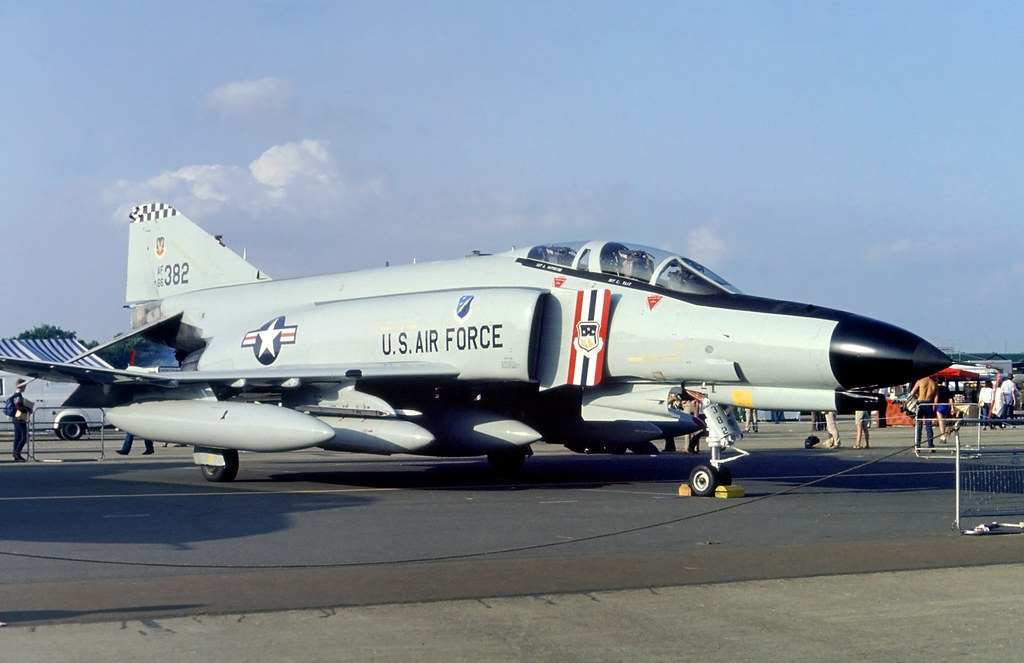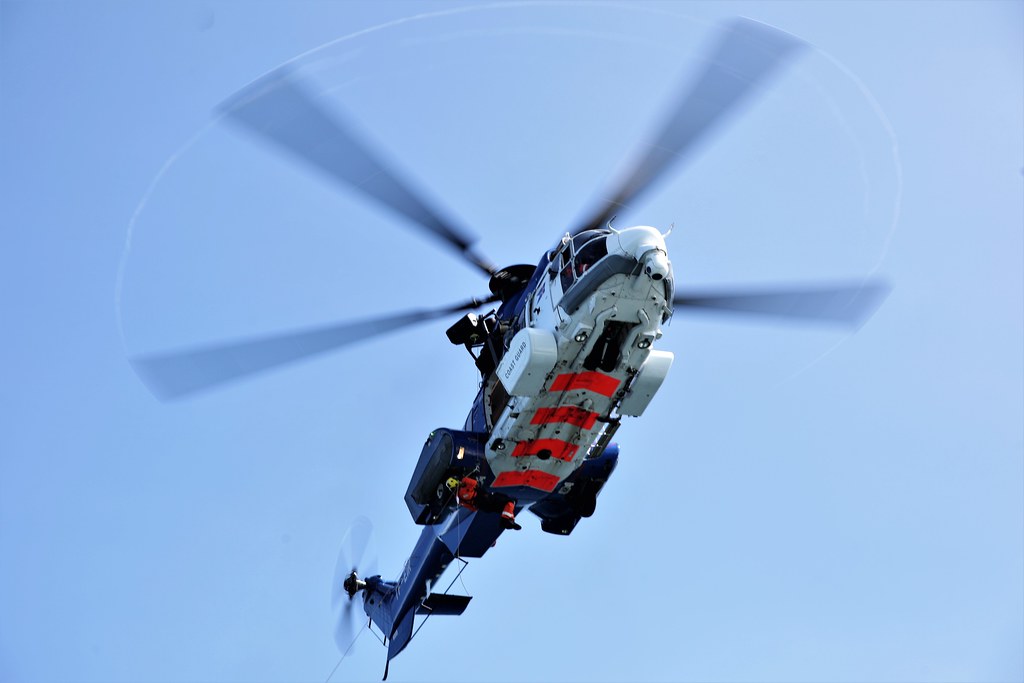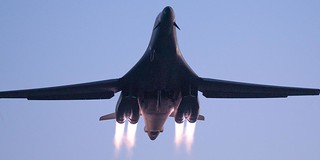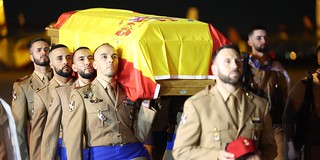The defense units of Iceland, the only NATO country without a standing army
NATO is a defensive alliance made up of 31 countries, and of them there is one that lacks armed forces: Iceland.
The military history of Iceland since its independence in 1918
That small and sparsely populated island country was one of the founding members of the Atlantic Alliance on April 4, 1949. That country was part of Denmark until December 1, 1918, when it became independent as the Kingdom of Iceland, sharing the same King with Denmark until June 17, 1944, when the current Republic of Iceland was established. The Kingdom of Iceland had no armed forces and entrusted its defense to Denmark, until this country was invaded by Nazi Germany in April 1940.

In May 1940, the United Kingdom occupied the island to prevent nazi Germany from taking over it. Although the Icelandic Parliament protested, the British were not treated as occupiers, but as allies. The British occupation was transferred to the United States (then a neutral country) in July 1941. Since then, Iceland has relied heavily on the US Armed Forces to guarantee its independence, first against the German threat, then against the Soviet threat and currently against the Russian threat.

The Iceland Defense Forces (1951-2006)
After Iceland joined NATO and at the request of the Alliance, in 1951 the Icelandic Defense Forces were formed with three branches (land force, naval force and air force), made up mainly of military personnel from USA, with the participation of a few hundred Icelanders and soldiers from other allied countries. The Iceland Defense Forces were practically a division of the US Armed Forces, with USAF units taking over aviation, the Marines taking over ground defense and a US Navy vice admiral exercising the position of commander of the entire force. Of its slightly more than 2,000 members, 1,350 were US soldiers. Iceland contributed 650 soldiers and about 100 civilians.

The Icelandic Defense Forces had their main headquarters at the Keflavík naval air base, located 40 kilometers from Reykjavík. In 2006, the United States decided to withdraw its contribution to these small Icelandic armed forces and they were dissolved, with the US abandoning the Keflavík air-naval base. However, and in addition to the North Atlantic Treaty itself, The US maintains a defense agreement with Iceland.

The Icelandic Coast Guard
Since 2006, the closest thing Iceland has to an army is the Icelandic Coast Guard, which is based in Keflavík. It was founded on July 1, 1926, when Iceland was still part of Denmark. It is, in practice, a small naval force that has 200 troops, two ocean patrol ships, a small patrol boat and a boat.

Its largest ship is the ICGV Þór, a 93.8 meter long ocean patrol vessel. The second largest ship is the ICGV Freyja , an oceanic patrol vessel measuring 85.8 meters in length. The smallest boats are the patrol boat ICGV Baldur (21.3 meters in length) and the special operations boat ICGV Óðinn, which is operated by the Special Operations and Artillery Disposal Unit of the Norwegian Coast Guard .

Likewise, the Icelandic Coast Guard has a small air unit dedicated mainly to maritime surveillance and rescue missions. This unit is made up of three Airbus Helicopters H225 helicopters (the TF-GNA, the TF-EIR and the TF-GRO) and a De Havilland Canada Dash 8Q 300 fixed-wing aircraft (the TF-SIF).

The Iceland Air Defense System
In addition to coastal security and rescue missions, the Icelandic Coast Guard is also responsible for the Iceland Air Defense System, which is based in Keflavík and operates four radar stations: Miðnesheiði (H1), Gunnólfsvíkurfjall (H2), Stokksnes ( H3) and Bolafjall (H4). This air defense system is in daily communication with the control centers of NATO and allied nations.

The Viking Squad of the Icelandic National Police
On the other hand, Iceland has a special operations unit: the Viking Squad, as the National Police Commissioner's Special Unit is popularly known. This squad is made up of 46 agents mainly responsible for anti-terrorism missions, large-scale violent crimes, arrest of dangerous criminals and escorting personalities. This unit was created on October 19, 1982 and usually participates in training with special forces from Denmark and Norway. For its missions, it has Heckler & Koch MP5 submachine guns, Heckler & Koch G36 assault rifles, Glock 17 pistols, Steyr SSG 69 and Blaser R93 precision rifles, Brügger & Thomet GL06 grenade launchers and Mossberg 500 shotguns.

Iceland's Crisis Response Unit
Finally, Iceland has a non-permanent paramilitary force, the Icelandic Crisis Response Unit (IF), created in 1990, dependent on the Ministry of Foreign Affairs and temporarily made up of agents from the National Police and the Coast Guard for peace missions abroad, mainly carried out by the UN and NATO. This unit has participated in missions in Afghanistan, Iraq, Lebanon and other countries.

---
Main photo: Landhelgisgæsla Íslands.
|
Don't miss the news and content that interest you. Receive the free daily newsletter in your email: |
- Most read
- The brutal 'touch and go' of a Lufthansa Boeing 747 at Los Angeles Airport
- US F-35A fighters flying with Polish F-16s over Poland at a time of great tension
- A Spanish pilot shows one of the C-295M of the 353 Special Operations Squadron
- An American airman used a Flag of Spain to direct a B-1B Lancer bomber
- The firearms used by the Pontifical Swiss Guard, the smallest army in the world
- Eurofighter vs F-35: the opinions of professional pilots on these advanced fighters
- Sierra Army Depot, a huge United States base with hundreds of Abrams tanks stored

 ES
ES







Opina sobre esta entrada: